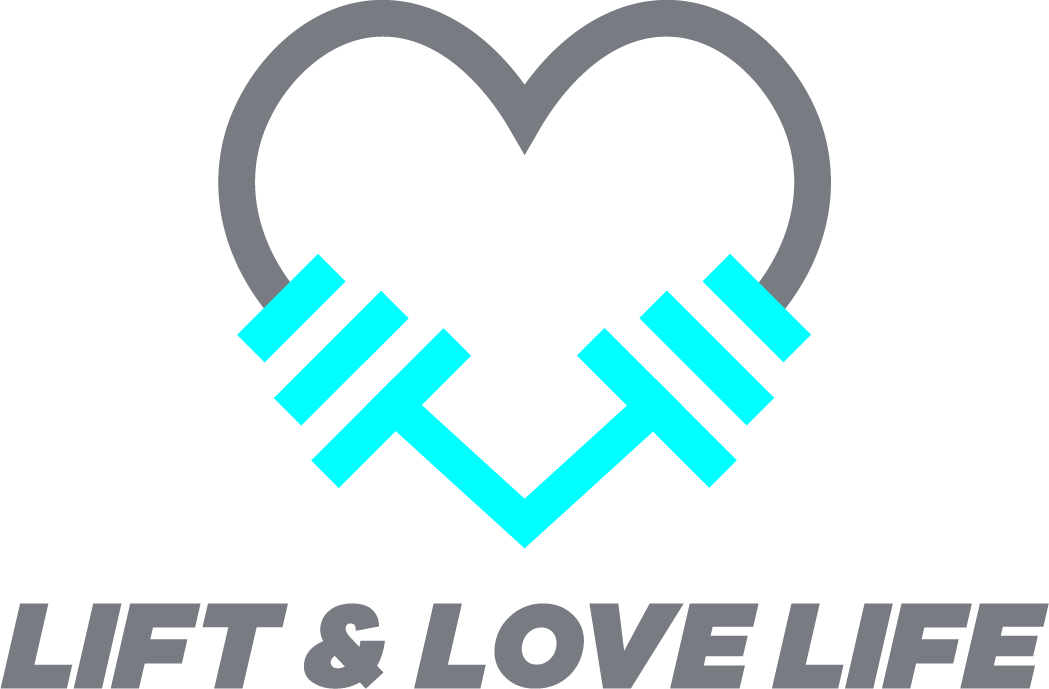Your progress is not going to be made in one workout or meal; just like missing a workout, or eating off plan for a meal, isn’t going to break your progress.
Far more important is how many workouts you’re getting throughout each week for the month. And how many of your days involve some kind of meaningful movement.
You see, consistency beats inconsistent perfection every time. I’m constantly telling my clients, “something is always better than nothing.” That doesn’t mean a balls to the wall workout daily. It can be as simple as taking yourself through some dynamic stretches. Getting outside for a 20 min walk. Doing 50 bodyweight squats before hopping into bed. Just move in a meaningful way.
And rather than worrying each meal, blowing it on one, and then saying “eff it” and blowing each meal for the next 48 hours, try looking at your entire month. Most individuals should be shooting for 80/20, meaning 80% of your meals are clean, or on plan, and 20% of your meals allow for indulgence. Let’s say you eat 4 meals a day, that’s 28 meals per week, 112 meals for the month. At 80%, roughly 90 of those meals should be on plan. That means that 22 of those meals can include some indulgence and you’ll still make progress.
The goal is progress, not perfection, and consistency beats perfection every damn time.
Successful and unsuccessful people don’t vary greatly in their ability. They vary in their desire to reach their potential. And reaching their potential comes down to consistently striving every day.
You’re amazing, so shine bright and light up the world with your awesomeness.✨💕
xoxo -
Jules
